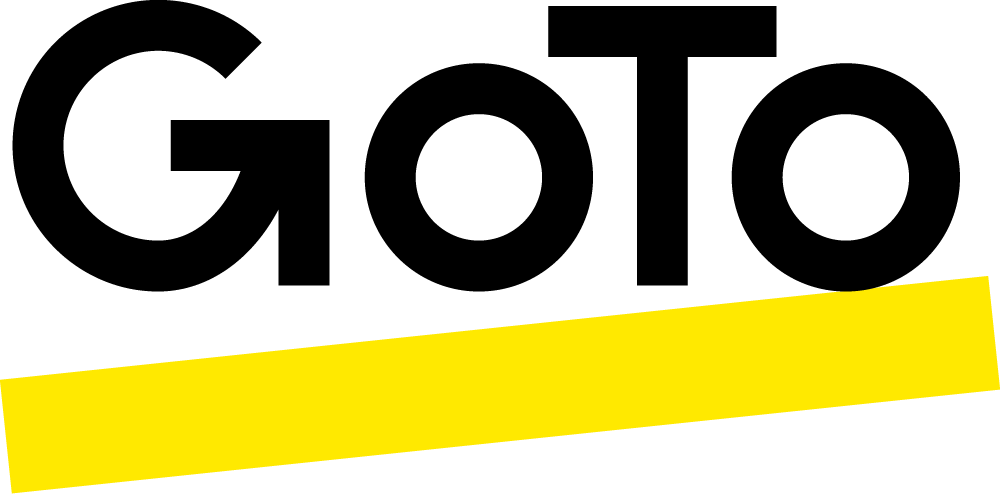What is UCaaS? A Complete Guide to Unified Communications as a Service

What is UCaaS?
Unified Communications as a Service (UCaaS) brings together crucial communication and collaboration channels such as phones, virtual meetings, messaging, and file sharing on one platform that can be centrally managed. This allows colleagues to easily make phone calls or host online meetings on their desktop or mobile app, whether in the office or while picking their child up from school. UCaaS solutions not only accelerate digital transformation through easy-to-deploy tools in the cloud, but they can also integrate with existing systems as well. From telephony to meetings and collaboration, businesses can get started with zero hardware installations and very low, if any, upfront costs.
Other benefits of unified communication solutions include:
An all-in-one platform
UCaaS provides a singular platform for business calls, virtual meetings and messaging, which helps improve employee productivity and efficiency as staff don’t need to switch between multiple apps to get work done. Having one unified platform also leads to cost savings as businesses only need to pay for one unified solution versus purchasing separate software. And because it’s subscription based, an all-in-one platform doesn’t require large upfront costs as the UCaaS provider will look after maintenance and updates which leads to predictable billings. UCaaS also leads to cloud-based service bundling, which means price per user comes down. Businesses benefit from a single, transparently priced UCaaS license and predictable total cost of ownership.
IT savings in time and effort
UCaaS reduces dependence on on-premises infrastructure, so growing businesses no longer need to spend time on overhauling or maintaining hardware, and IT can say goodbye to the efforts needed for hardware management. A single administrative system can manage all channels and tools, leading to considerable time savings.
The UCaaS provider will manage hosting, updates, security measures, and storage, allowing businesses to focus on more important tasks. And strong 99.99% reliability can help free up IT teams who had to previously focus on maintenance.
Business growth
UCaaS unlocks both mid-term and long-term growth for businesses. By leveraging UCaaS services, businesses can easily add new licenses, features, and channels based on their evolving needs. Value-generating tasks — from collaborating on marketing campaigns to running sales calls — are simpler when there is a consolidated tool.
The UCaaS vendor will automatically deploy upgrades via the cloud so that the business always has access to the latest tools — including data behind business operations and customer interactions. Businesses can analyze activity within the platform to reveal insightful data points that help continuously improve performance.

The Future of Unified Communications as a Service (UCaaS)
The last few years have been a time of immense upheavals for businesses, employees, customers, and for workplaces around the globe. Now, in addition to product specialization and best-in-class talent, businesses need to unlock operational efficiencies that make work easier and more efficient. This can help reduce employee frustrations, which leads to better customer interactions.
Customer expectations have changed; people now want and expect seamless experiences, quicker resolutions, and more personalization than ever before. In this climate, it is vital that businesses embrace digitalization to keep employees happy, provide customers with outstanding experiences, and become sufficiently agile so they can capitalize on new opportunities as they emerge.
To address the rise in customer expectations and their desire to communicate with brands over multiple channels, many modern UCaaS providers are enhancing their voice, video and meeting offerings. Best in class UCaaS providers now include new digital channels like SMS, social, web chat, and additional customer insights & reporting within their platforms. The cloud makes it possible for businesses to easily add these additional capabilities with no disruption, no upfront fees, and all within a platform their staff and customers are already familiar with.
Businesses will continue need cloud-hosted tools to navigate the following unified communication trends:
Software consolidation
In the past, companies focused on legacy on-prem phone systems that were built to last. However, modern businesses are increasing their reliance on cloud technology. From cloud phone systems and cloud contact centers, there needs to be a digital tool in place for everything now.
The next step would be to consolidate these communication tools so that growing businesses spend less on IT management and more on value generation. 90% of U.S. companies say they’re actively consolidating, planning to consolidate, or have already consolidated their remote work tools.

All-in-one communications solution.
A cloud phone system with meetings and messaging bult right in - designed to be used anywhere, on any device.
- Consolidate systems to keep everyone connected and productive.
- Get more done with 100+ features and an easy-to-manage admin portal.
- Grow your business with Contact Center and Customer Engagement capabilities
Proactive collaboration
Collaboration was always among the key facets of productivity, but the nature of collaboration has changed. Instead of sending a barebones email or conducting a brief video meeting, modern day collaboration sessions are much more elaborate and practical. Employees need integrated productivity tools, screen sharing, group messaging, persistent chat, status/availability updates, and more to continue to perform in a hybrid work environment. And it’s crucial for businesses to provide access to these tools wherever the employees are working — at home, at the office, or anywhere.
Low touch, low touch, and more of low touch
Low touch is the ability to complete tasks with minimal interactions and no face-to-face meetings. Over the last few years, there has been a transition to low-touch, remote processes, a trend that is expected to last. Customer relationships have fundamentally changed, as we become accustomed to low-touch, online transactions across the board.
From entertainment and groceries to apparel, utilities, and travel, research suggests that digital interactions have increased by up to 31% for all industries. As a result, customers expect great online experiences and businesses can access a larger digital audience when they embrace online customer interactions.
Business owners and IT teams have had to adapt — and will continue to invest in low touch tools that simplify admin tasks. Better work and less tech headaches are the goals. However, it is important to keep in mind that customers continue to yearn for an individualized touch. Just 9% of issues can be solved via self-service, and customers will continue to turn to the phone (44%), chat messages (17%), email (15%), and the company website for post-purchase support.
A new IT help desk to keep up with growing digital needs
As digital needs multiply, there is a risk of fragmentation, additional points of failure, and growing cyber threats. A new modern approach to IT management must emerge to streamline support and simplify how staff receive requests, triage problems, and fix issues quicker, wherever work happens. With unified communications, IT can gain access from a single console without fragmented bits and parts to manage. And business owners can track their consolidated investments, self-serve, and discover new efficiencies.
What’s the Difference Between UCaaS vs. CCaaS?
UCaaS solutions are designed for both internal AND external communications typically consisting of instant messaging, video conferencing and a cloud phone system, while CCaaS solutions are designed to focus on external customer support and interactions with features, reports, channels and integrations that can deal with a high volume of customer engagements quickly and effectively.
Both are cloud-based communication solutions but the channels, features, target audience, integration capabilities and level of reporting differ. Businesses who deploy a CCaaS solution improve how they interact with their customers and give their customer-facing staff the features and functionalities needed to perform their duties. CCaaS solutions can also help equip supervisors with the data and insights they need to make better business decisions, optimize the customer journey, and deploy additional channels on top of voice capabilities such as SMS, social, webchat. CCaaS decision-makers often sit in the Customer Support or Operations department and need to integrate with a business CRM system to ensure they have a 360-degree view of the customer.
Key Benefits of Combining CCaaS with UCaaS
Many modern UCaaS providers also offer CCaaS services within their portfolio, and it makes a lot of sense as both are subscription-based cloud communication solutions. In addition, both UCaaS and CCaaS services require minimal set up cost and effort, integrate with other cloud-based apps that help businesses get work done, and assist with customer interactions.
While the UCaaS solution is used for internal communication and collaboration amongst staff, and the CCaaS solution helps businesses interact with customers, consolidating both within the same platform creates a lot of benefits for business. These include:
-
Better customer experiences
Front and back-office collaboration improves dramatically when all staff members are on the same solution. Everyone in the business can assist with customers, share information, give advice, consult with the original salesperson, and customer data is fully up to date and available to everyone.
-
Reduce the burden on IT
When the IT team can manage one platform within the same admin portal, it means all vendor support channels and processes are the same. Also, deployments are simplified as the IT team does not have to manage multiple technologies. And end users benefit as the interface, features and workflows are similar for all staff members.
-
Lower total cost of ownership
Both UCaaS and CCaaS solutions have zero onsite maintenance, need little to no upfront investment and reduce the need for expensive hardware. Businesses can often realize substantial savings when they procure UCaaS + CCaaS licenses with the same vendor as well as benefit from lower agent training costs and integration costs. This can also result in future savings if the company decides to scale up by adding new licenses, channels or capabilities.
Fortunately, both CCaaS and UCaaS technology are well within the reach of any business seeking to level up and set themselves up for growth. GoTo has a full portfolio of business communication capabilities available whether you are considering a stand-alone UCaaS or a consolidated UCaaS + CCaaS solution.
Related Posts
-
How to choose the right UCaaS solution for your business
By Bruce Dodworth -
UCaaS vs. CCaaS: Which Solution Is Right for You?
By Meghan Brisson -
Webinar recap: Why UCaaS and CCaaS Are better together
By Julie Martland
Everything you need to connect with customers
Get one app for all your communication needs.







